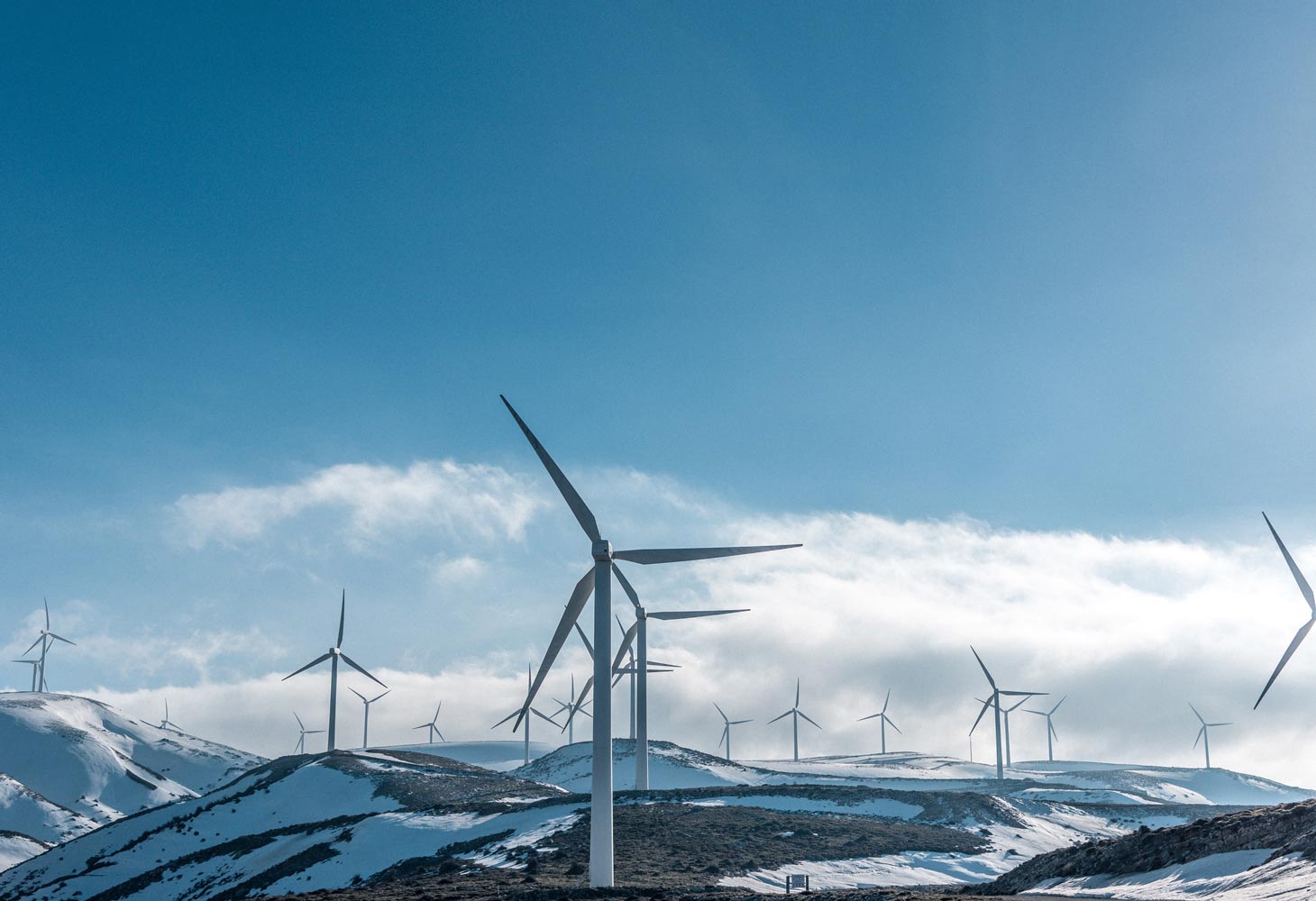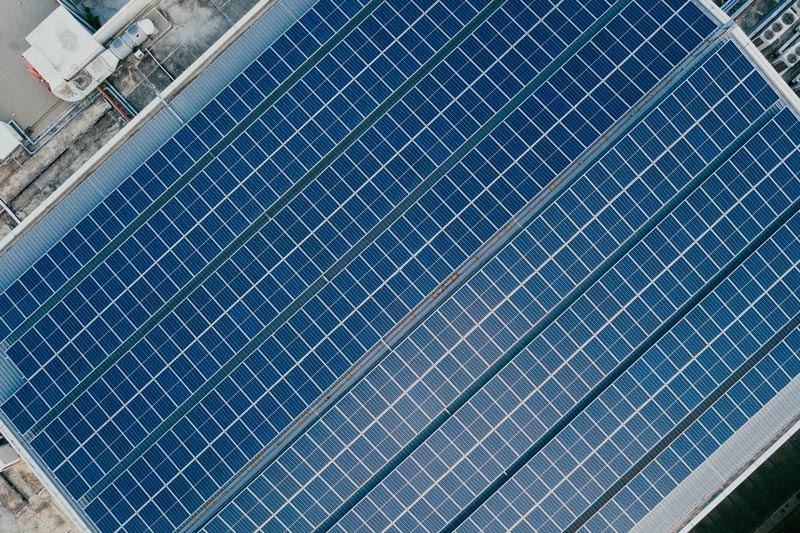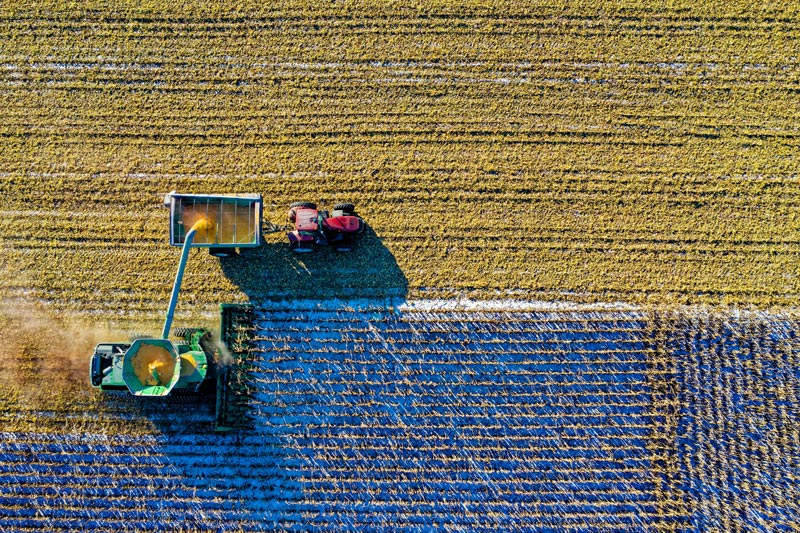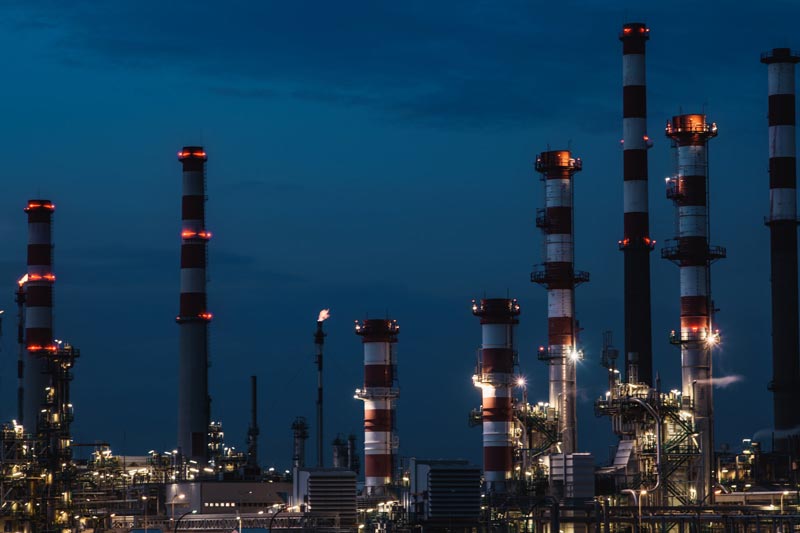
Urgency to accelerate clean energy transition
From the start of 2021 to March 2022, freight costs increased almost five-fold, steel was up by 50%, aluminium costs doubled, and copper rose 70%. The price of PV-grade polysilicon has quadrupled, according to a recent report published by the International Energy Agency (IEA). These raw materials are vital in the manufacture of solar PV modules and wind turbines, two key components in the energy transition, so it is no surprise to learn the costs associated with renewable energy have increased, as manufacturers pass through higher equipment costs.
The IEA is an autonomous intergovernmental organisation that was established in the wake of the 1973 oil crisis. The Paris-based group advocates policies that will enhance the reliability, affordability and sustainability of energy in its member and association countries, and beyond. It released its latest Renewable Energy Market Update: Outlook for 2022 and 2023 in May 2022. The report forecasts new global renewable power capacity additions and biofuel demand for 2022 and 2023, including key uncertainties and the implications of policy decisions.

Despite record commodity prices and heightened uncertainties, courtesy of pandemic driven supply chain challenges and a war in Ukraine that has sent shockwaves through the energy and agriculture markets, the report highlights record-breaking renewable capacity additions in 2021. The price of fossil fuels and electricity have risen faster than renewables, which has maintained, or even improved, the competitiveness of renewables, says the IEA.
In 2021, annual renewable capacity additions reached almost 295 gigawatts (GW), an increase of 6%, slightly above the growth forecast in the IEA’s Renewables 2021 report. Wind capacity additions fell 17% compared to the previous bumper year (where Chinese developers rushed to complete projects before the removal of subsidies); however, this decline was offset by growth in hydropower installations and solar PV.
China continues to pioneer renewable energy with 46% of worldwide renewable capacity additions, despite a slight (2%) year-on-year decline in new capacity. Onshore wind and utility-scale solar PV installations in the world’s most populous nation were much lower than in a subsidy-fuelled 2020, falling 55% and 22% respectively. However, China’s renewables industry was propped up by record, almost six-fold, additions of offshore wind, bioenergy and residential solar PV with the IEA report noting the support of subsidies throughout 2021. The report also highlighted the commissioning of multiple units at the Chinese Baihetan hydropower plant.
The European Union surpassed its record for new renewables capacity, set in 2011. Solar PV was the big winner with project acceleration in Spain, France, Poland and Germany. Government-led auctions and distributed solar PV incentives were credited with the strong growth in the IEA paper. The United States also enjoyed solar PV expansion, which was supported by investment tax credits that are available until 2023-2024. On the contrary, U.S. onshore wind additions declined by one-quarter in 2021, due to lower production tax credit rates, says the IEA.

Renewable capacity additions in India doubled in 2021. The IEA attributed recovery from a record slowdown in 2020, due to Covid-19 challenges. Annual installations in ASEAN (Association of Southeast Asian Nations) declined 40% year-on-year, although, the authors noted that numbers remain slightly ahead of pre-Covid levels.
A decade-long trend of decreasing costs in solar PV and wind installations has ended. The Renewable Energy Market Update estimates that overall investment costs in onshore wind and utility-scale PV are 15-25% higher in 2022, and the IEA expects costs to remain higher than pre-pandemic levels in 2022 and 2023.
Surging freight costs are the biggest contributor to onshore wind price rises, whereas freight, polysilicon and metals all play a relatively even role in higher solar PV costs. The IEA also noted the impact of oil, natural gas and coal prices which, ironically, play a central role in the industrial processes and power generation required to manufacture renewable electricity technologies.
We are experiencing an unprecedented global energy crisis that is creating uncertainty around the energy transition. However, a greater focus on energy security is providing new impetus to the clean energy transition. The IEA emphasised that policies to reduce dependence on Russian energy supplies could lead to faster growth in renewables and improved energy efficiency. In particular, the report signalled that wind and solar PV can reduce Europe’s power sector dependence on Russia. Approximately 45% of the EU’s gas imports for electricity generation, homes and industry are from Russia. Germany and Italy have the highest dependency on the warring nation.
The IEA’s Renewable Energy Market Update predicts that 2022 will be another banner year for the renewable sector, with almost 320 GW of new capacity, an 8% increase. The organisation has revised its 2021 forecast upwards, due to strong policy support in China, the EU and Latin America. Around 60% of the capacity increase comes from solar PV, with the commissioning of 190 GW capacity. A modest recovery in onshore wind installations sees it climb to almost 80 GW, arresting a 32% year-on-year decline in 2021. Conversely, offshore wind growth is expected to decline by 40% in 2022 after an exceptional 2021. Although, absolute capacity additions are still double what was achieved in 2020.

While growth in 2022 is at record levels, the IEA is expecting “stable” growth in 2023. Lower hydropower and steady year-on-year wind additions are not fully compensated by continued solar PV expansion, even though solar PV achieves almost 200 GW of new capacity.
From a regional perspective, China accounts for 45% of global renewable capacity additions in 2022-2023 with an average of 140 GW of capacity per year, driven by utility-scale solar PV. The report noted that generation costs for solar PV and onshore wind are lower than the coal benchmark prices in the majority of provinces in China. The IEA also noted the announcement of 450 GW of additional large-scale onshore wind and solar PV megaprojects in the Xinjiang and Inner Mongolia provinces, 100 GW of which begins development in 2022. Payment of outstanding renewable energy subsidies worth USD60 billion could also propel further renewables growth, says the IEA.
Faster policy implementation is driving growth in solar PV in Germany, the Netherlands, Poland, Italy and France. On the other hand, the IEA acknowledged permitting challenges are slowing onshore wind growth in Germany, Poland and Italy. Increased distributed solar PV capacity supported an upward revision of India’s renewables growth in 2022, and new records for renewable capacity expansion in India are expected in 2022 and 2023.
Uncertainty around incentives for solar PV and wind has resulted in a downward revision of the U.S. forecast. The U.S. House of Representatives and Senate are yet to approve several policy proposals around long-term incentives. Recent bans on the import of polysilicon from several producers from Xinjiang, China, due to claims of forced labour in manufacturing, were also highlighted.
Biofuels were hit hard by Covid-19. In 2021, demand somewhat recovered, approaching 2019 levels, notwithstanding high prices and ongoing logistical challenges. Demand reached 155,400 million litres, an 8,700 million litre year-on-year rise.
The IEA expects growth to expand by 5% in 2022 and 3% in 2023, alongside growth in transportation fuels. This growth forecast comes despite a 20% downward revision of biofuel demand growth by the IEA, due to increasing feedstock prices and policy reactions from multiple countries. Ten governments have proposed changes or amended biofuel blending requirements or greenhouse gas quotas this year, including Argentina, Brazil, Belgium, Colombia, the Czech Republic, Finland, Germany, Sweden, Indonesia, Croatia and the United States. Biofuels could face additional headwinds moving forward.
The U.S. leads the way in global biofuels growth and the IEA anticipates demand will expand by 6% in 2022. In Europe, biofuel demand is also expected to increase by 6%, owing to stronger state-level policies and rising gasoline and diesel demand. Biofuel demand in the Asia and Pacific region grows at 9% in 2022 and 12% in 2023. Strengthening government policies in India and higher biodiesel blending requirements in Indonesia were both cited as key contributors to growth in the region.








